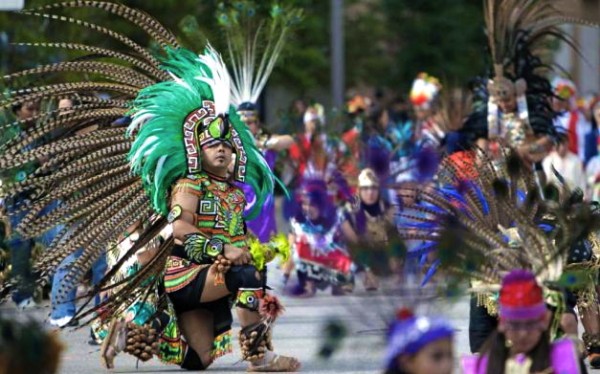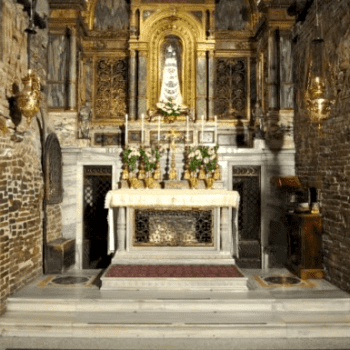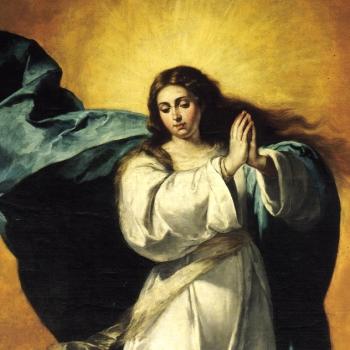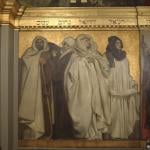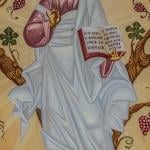It’s almost time for one of the biggest Marian feasts on the calendar, and in parts of Texas that will bring people into the streets for a colorful celebration:
Wearing an emblem of the Virgin Mary on the front of their elaborate costumes and a guardian angel on the back, young dancers kick, march, stomp and swing their arms along with the beat of a tip-tapping drum.
“Each step is like praying the rosary,” said Manuel Sanchez, leader of a 40-person group of matachines, or devotional dancers, from St. Leo the Great Catholic Church in Aldine.
Their dancing is a centuries-old tradition among Mexican-Americans to honor Our Lady of Guadalupe, whose Dec. 12 feast day celebrations fall in the midst of the Advent season, when Catholics are preparing to celebrate Christ’s divine birth.
After practicing year-round, St. Leo’s matachines will join dozens of others for a big procession downtown on Saturday during the Archdiocese of Galveston-Houston’s celebration of the patron saint of the Americas.
The matachines wear signature-style, giant headpieces and traditional, Aztec-style dress, and they entertain thousands of Houstonians each year with their synchronized moves and almost hypnotic rhythm, but the real purpose of the dancing is spiritual. The matachines are faithful Catholics first and dancers second.
“The Virgin will choose her dancers. My steps are not hard, and if the Virgin wants you to be a dancer she will give you the ability,” said Sanchez, who requires the young Catholics – ages 6 to 18 – to write a letter each year about their calling to this ministry and to research different apparitions of the Virgin Mary.
Latino Catholics across the U.S. maintain a strong Marian devotion, and nearly all say they pray to her during difficult times and believe she watches over them, according to research by the Pew Hispanic Center.
The matachines see themselves as warriors and defenders of the Virgin Mary though their dancing, and they share testimonies of her intercession in their lives.

